Creating comfortable outdoor spaces requires thoughtful shade planning, especially during hot summer months. Garden shade solutions not only protect you and your family from harmful UV rays but also extend your outdoor living season, protect delicate plants, and reduce energy costs by cooling surrounding areas. Whether you're looking for temporary coverage for weekend gatherings or permanent structures that enhance your landscape, the right shade approach can transform your garden into a refreshing retreat that beckons you outdoors year-round.
1. Garden Shade Sail Installations

Garden shade sails offer one of the most versatile and cost-effective shade solutions for modern outdoor spaces. These triangular or rectangular fabric panels suspend between anchor points to create contemporary overhead coverage. Look for shade sails with at least 90% UV block for the best protection, and consider how the sun's movement affects shade positioning throughout the day. Installation requires sturdy anchor points such as posts, trees, or building structures. They are inexpensive, simple to install, and come in a wide range of colors, making them perfect for patios, gardens, and play areas. Choose durable, weather-resistant materials that can withstand wind and seasonal weather changes for long-lasting performance.
2. Garden Pergola Structures

Pergolas are square-shaped structures that allow light to penetrate through their roofs, making them ideal for gardens. These architectural features combine functionality with aesthetic appeal, creating defined outdoor rooms while providing partial shade coverage. There are some fabulous pre-made pergola kits available now that simplify installation for DIY enthusiasts. Traditional pergolas feature open lattice roofs that can support climbing plants for natural shade enhancement, while modern versions often include adjustable louvers or retractable canopy systems. Position pergolas over dining areas, walkways, or garden seating to create intimate outdoor spaces. The partially open design allows air circulation while filtering harsh sunlight, making them suitable for year-round use in most climates.
3. Garden Gazebo Shelters

Gazebos are usually circular and provide maximum sun protection, offering complete overhead coverage in a charming, traditional design. A gazebo to put up and take down in minutes creates a good-sized area of shade, and the cheapest ones cost less than £100. These freestanding structures work well as focal points in larger gardens, providing sheltered spaces for outdoor furniture and social gatherings. A gazebo with a garden bench makes for a unique garden shade structure that's both quaint and charming. Choose between permanent hardtop models for year-round use or portable soft-top versions for seasonal deployment. Consider adding mesh sidewalls to keep insects out while maintaining airflow and visibility.
4. Garden Umbrella Solutions

We tend to think of umbrellas as something just over an outside table, but they can be used in lots of places. Garden umbrellas offer flexible, moveable shade that adapts to changing sun patterns and outdoor activities. Cantilever umbrellas are supported by an offset, freestanding pole, which gives you extra room for furniture placement underneath. A simple free-standing parasol that slots into a weighty base makes a stylish and practical patio cover feature. Choose umbrellas with tilting mechanisms to follow the sun's path, and ensure the base provides adequate stability for windy conditions. Market umbrellas with center poles work well for dining tables, while offset cantilever designs maximize usable space beneath the canopy.
5. Garden Shade Cloth Systems
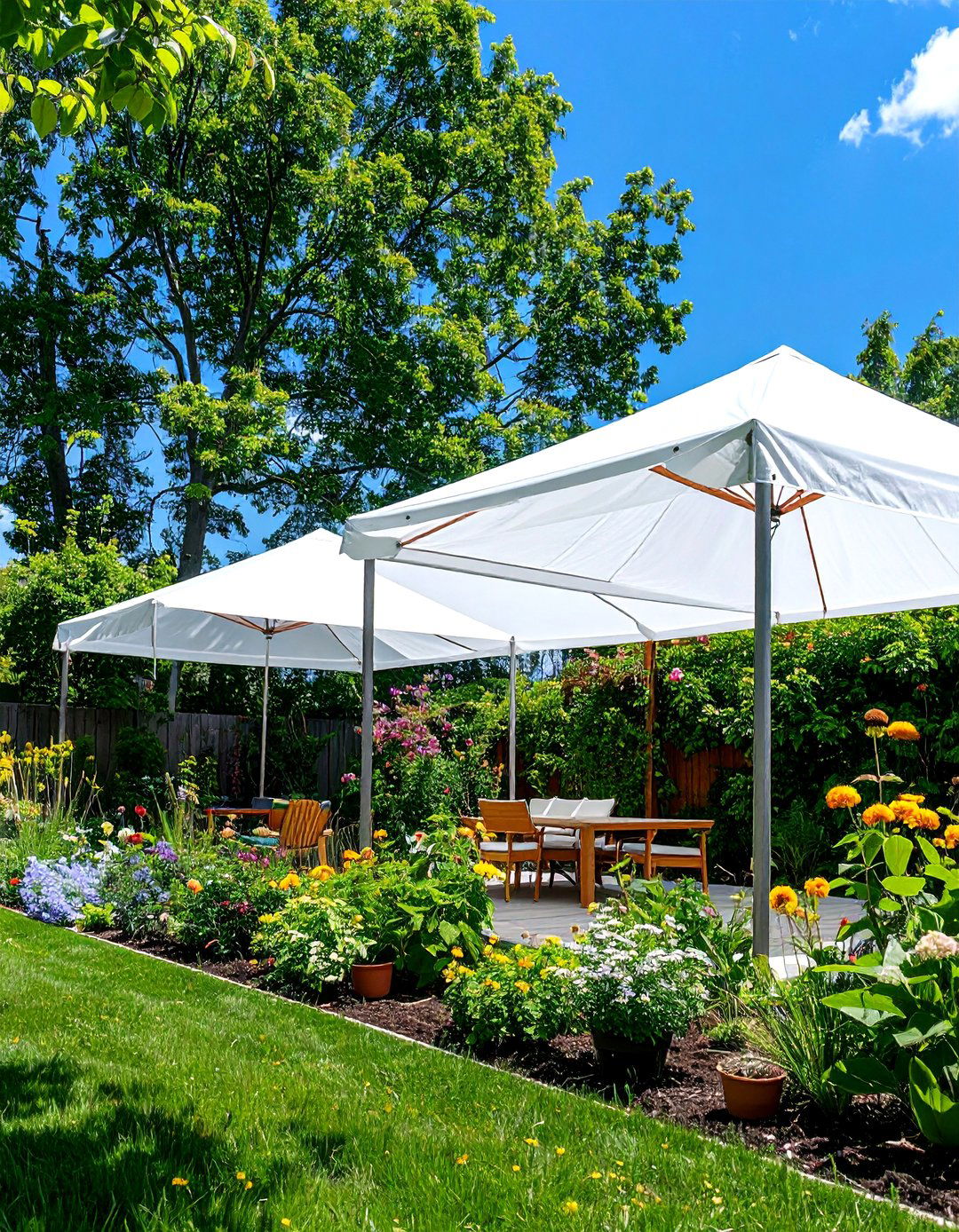
Shade cloths are simple ways to reduce the amount of heat that reaches your plants via sunlight. These practical covers protect both plants and people from excessive sun exposure while allowing air circulation. Shade cloth comes in various colors, different types of material and density levels, which impact how much sunlight the cloth physically blocks. Choose density levels between 30-90% based on your specific needs—lower percentages for plants requiring some direct sunlight, higher percentages for maximum cooling. White shade cloth reflects light & heat and cools better, allowing for flowering plants to produce. Install shade cloth over garden beds, seating areas, or entire patios using support posts or existing structures for affordable, effective coverage.
6. Garden Awning Installations
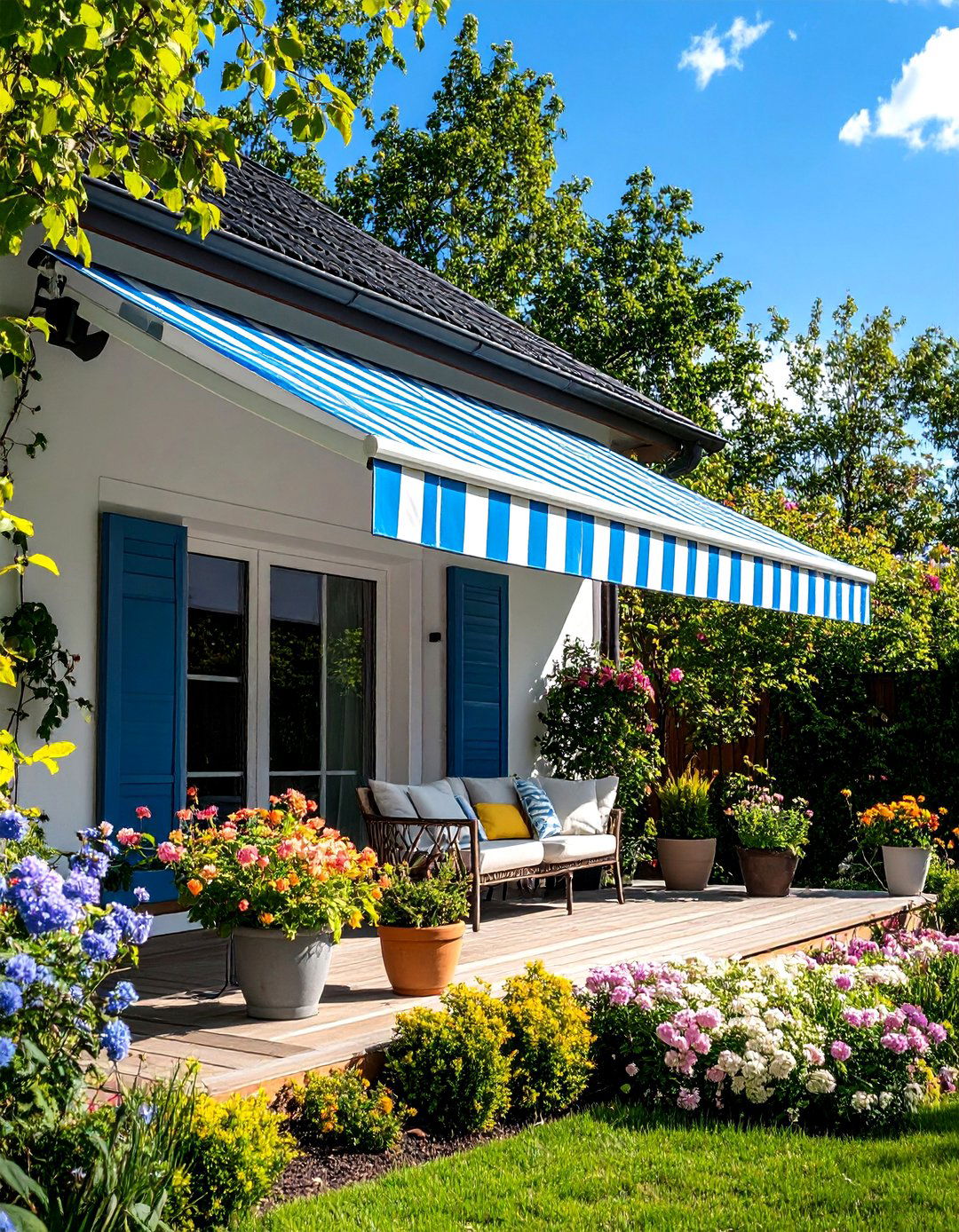
Garden awnings are designed to provide shade and protection from the elements, making them perfect for use as a sun canopy in gardens, patios, and decks. These wall-mounted shade solutions extend your indoor living space outdoors by creating covered areas adjacent to your home. They can be manually operated or motorised, offering convenience and precise control over shade coverage. Retractable awnings allow you to adjust coverage based on weather conditions and sun intensity throughout the day. Garden awnings are useful to protect from sudden downpours as much as they can provide shade from the blazing sun. Choose from striped traditional designs or solid colors that complement your home's exterior, ensuring proper mounting to support wind loads.
7. Garden Canopy Tents
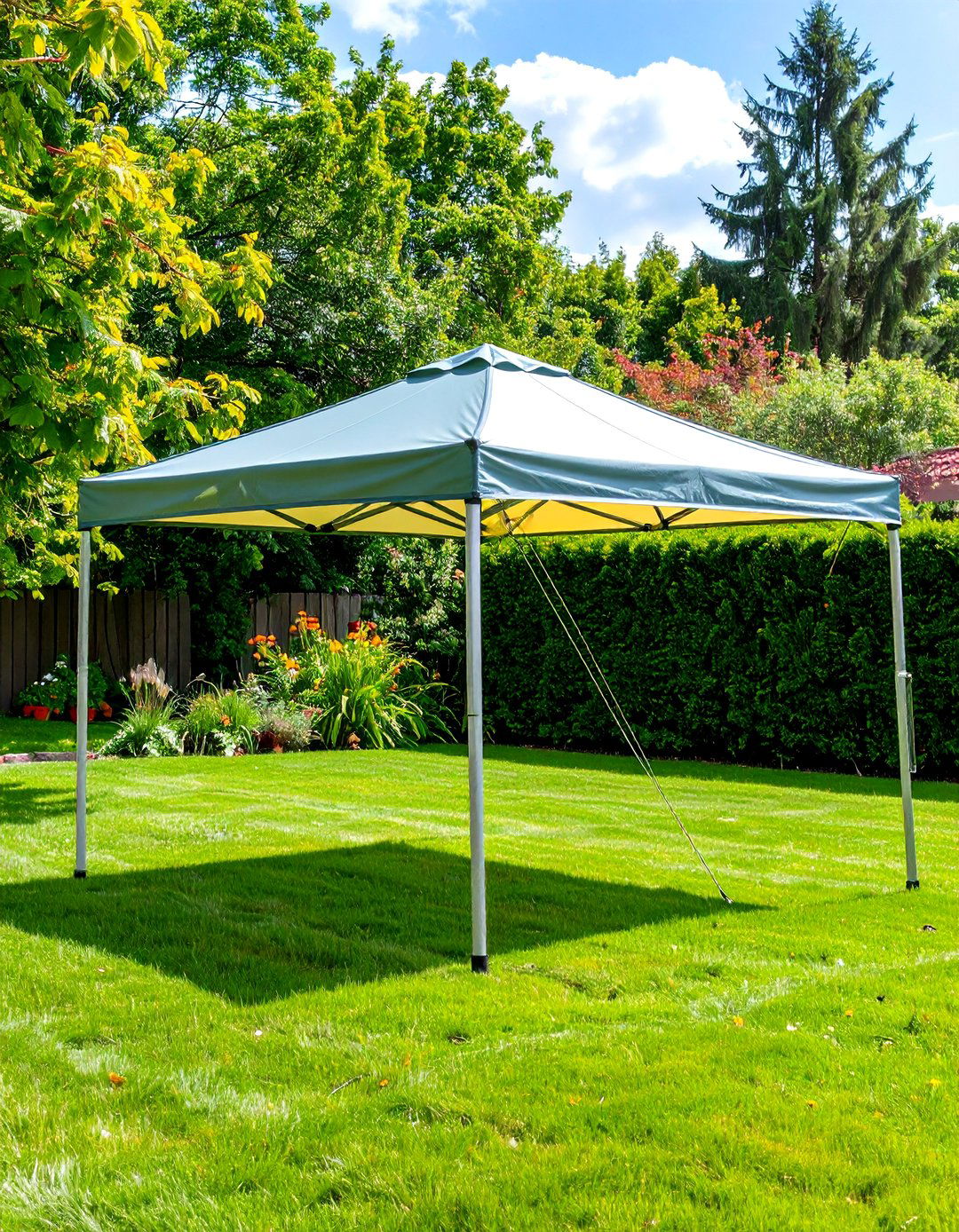
Canopies are temporary structures that are usually made of metal or polyester with an aluminum frame supported by four poles. These portable shade solutions provide instant coverage for events, gatherings, or seasonal outdoor activities. If you prefer casual, boho designs over quaint and traditional gardens, why not pitch a tent on your lawn to add a cosy, intimate spot to cool down on sunny days. Pop-up canopies offer quick assembly and takedown, making them perfect for temporary shade needs. Canopies are also easy to set up and take down, making them perfect for those who don't want to deal with the hassle of permanent structures. Consider weighted bases or ground anchors to prevent movement in windy conditions, and choose UV-resistant materials for durability.
8. Garden Arbor Retreats
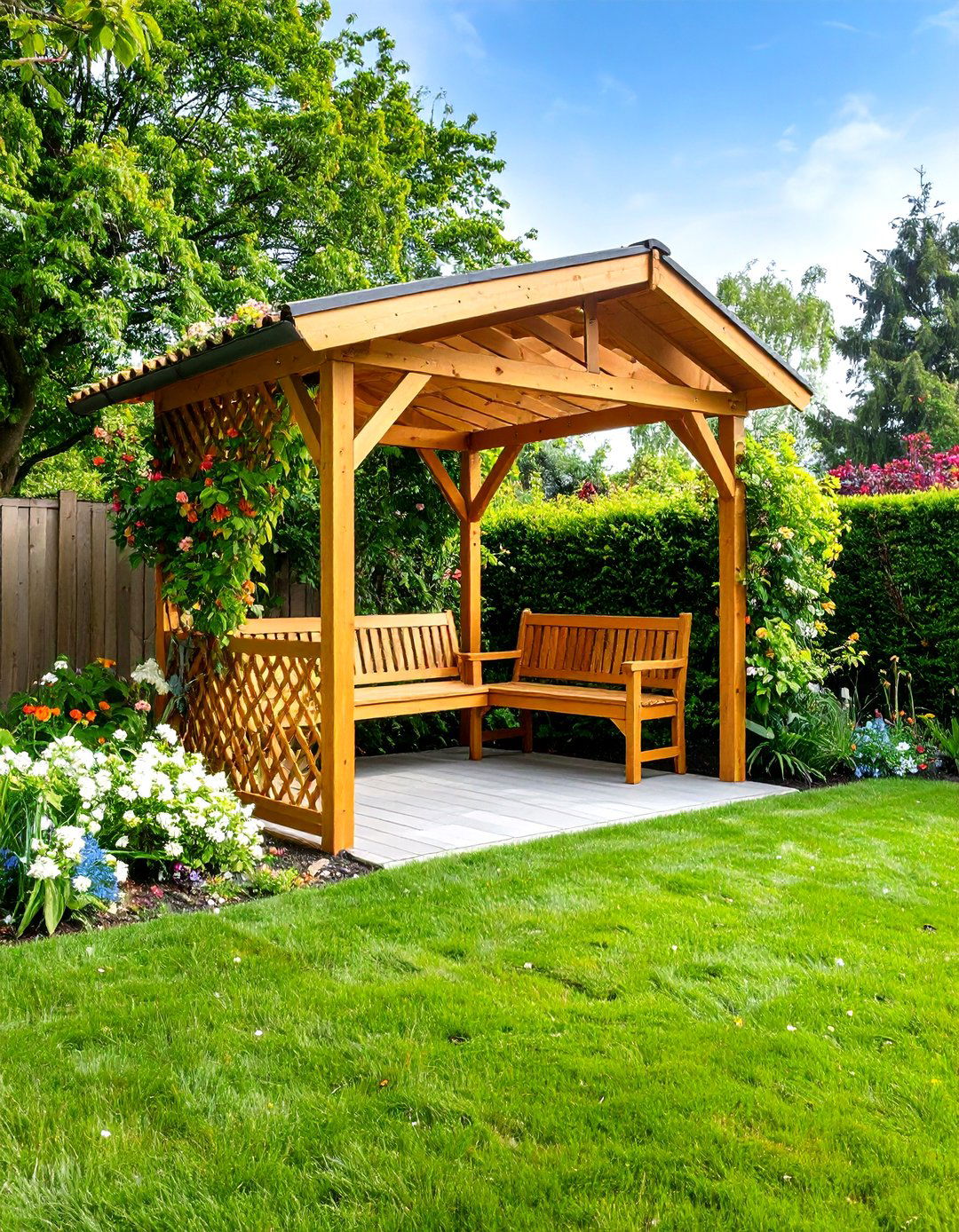
Arbours with built-in seats are small structures that fit into many spots around the garden. These charming shade features combine seating with overhead coverage, creating intimate garden retreats perfect for quiet contemplation or conversation. Arbours with trellis sides are suitable for supporting climbing plants: those with fragrant flowers, like star jasmine add to the enjoyment. Position arbors at the end of garden paths, in corner spaces, or as focal points within flower borders. The compact design makes them suitable for smaller gardens where larger structures might overwhelm the space. Choose materials like cedar or treated pine for weather resistance, and consider adding climbing supports to encourage natural shade enhancement through vine growth.
9. Garden Tree Planting
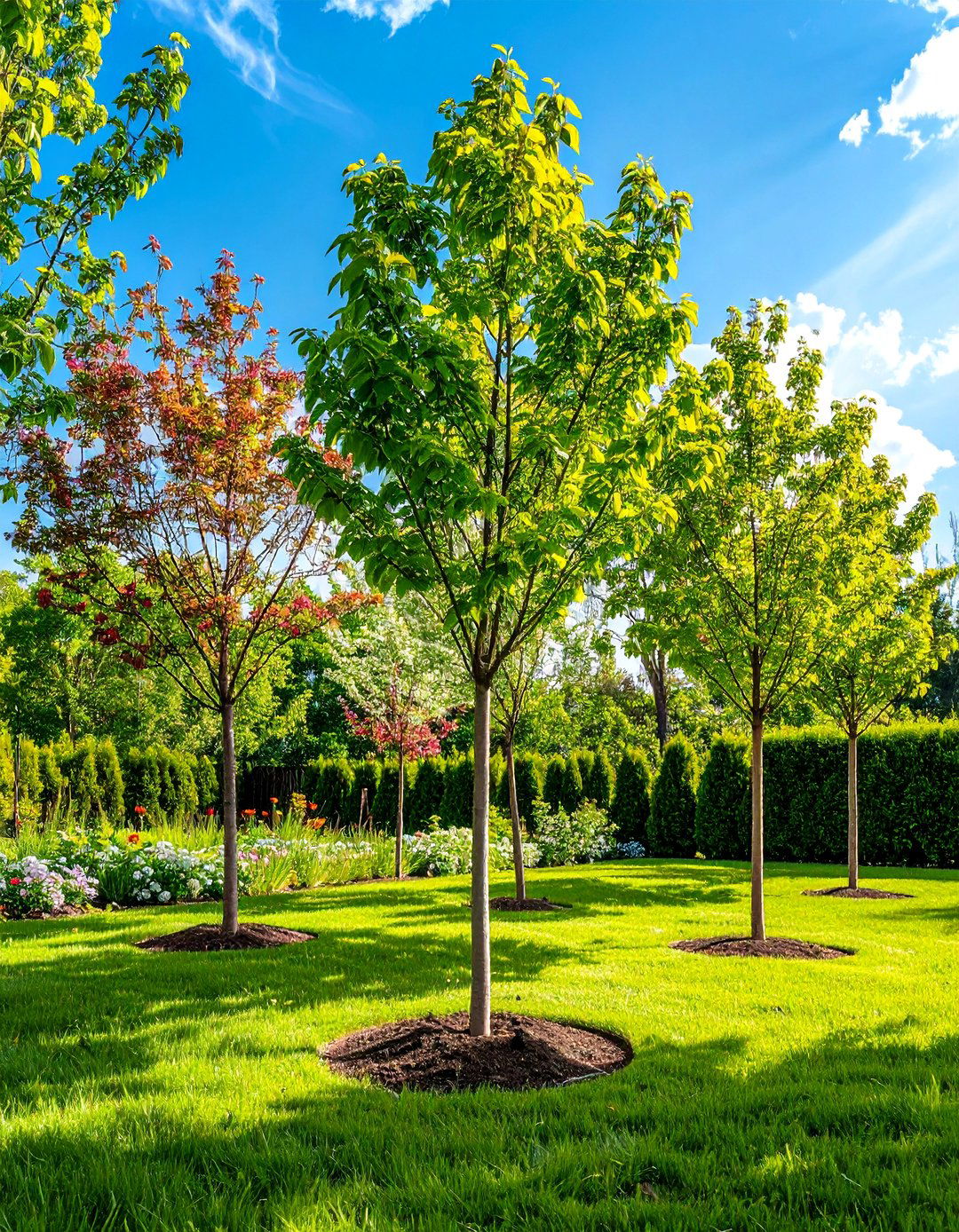
Trees offer many benefits to the home landscape, including cooling the area under their canopies. Strategic tree planting provides long-term shade solutions while adding environmental benefits like oxygen production and wildlife habitat. Due to the water loss through leaves (called "transpiration"), trees reduce air temperatures in a natural air-conditioning process. Plant sunflowers on the west or south side of the garden for shade as a seasonal option. Choose deciduous trees for areas where you want summer shade but winter sun, or evergreens for year-round coverage. Consider purchasing larger trees as they will provide shade sooner, though proper placement is crucial for optimal growth and shade positioning.
10. Garden Bamboo Screening
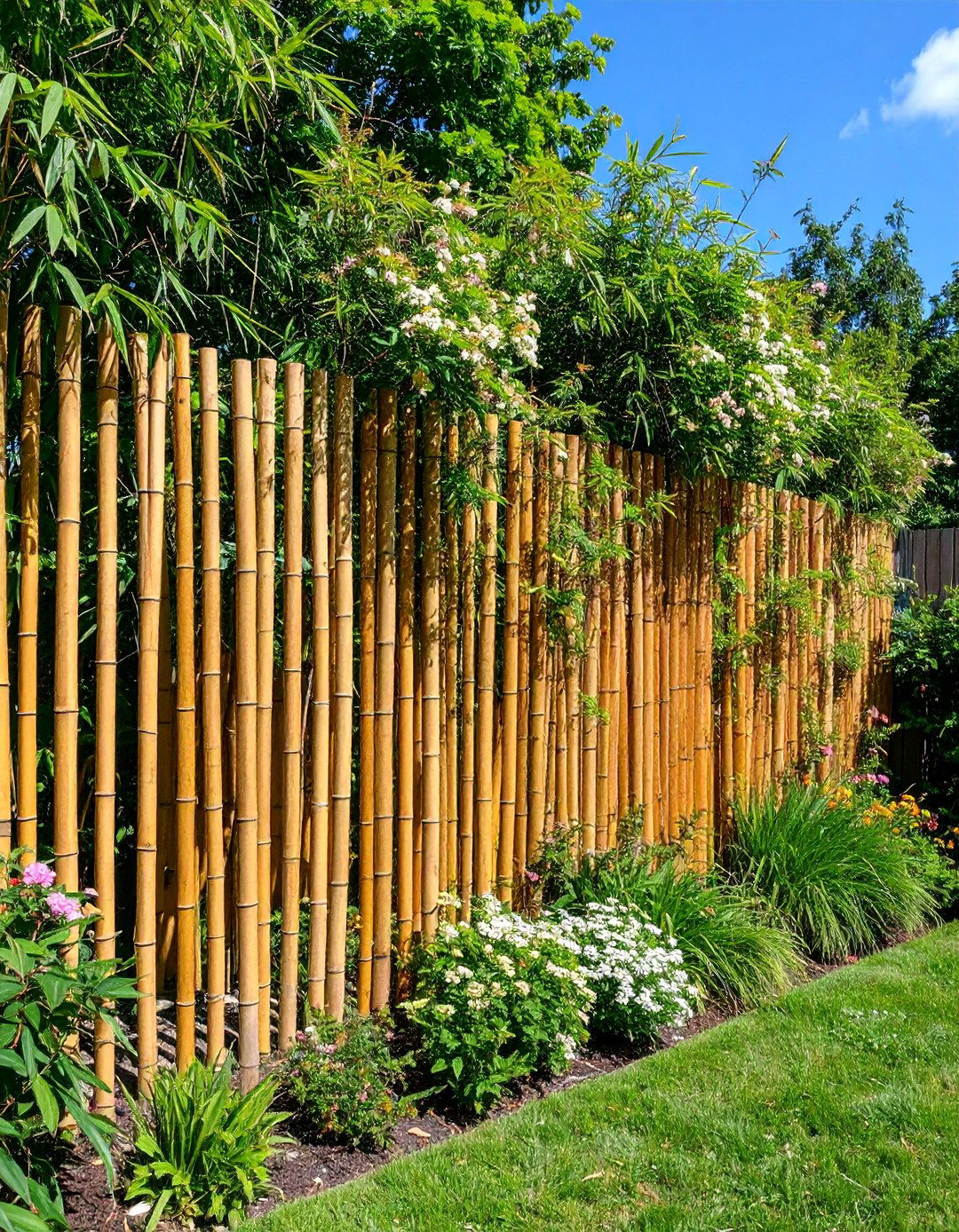
Bamboo has recently become one of the most popular garden screening ideas due to its rapid growth and excellent shade-providing properties. It's typically cheap to buy, grows quickly and is low maintenance, and can be used along border and fences, or in planters or beds to add screening to a patio area. Gracilis is the best seller for lots of reasons! It is the best choice for privacy screening between 2 - 8mtrs of height. Bamboo creates effective vertical shade while maintaining an attractive, natural appearance. Bamboo is a great plant for visual privacy screens or evergreen hedges because it has a relatively small footprint, it's tall, it's alive and it grows fast. Consider clumping varieties to prevent spreading, and ensure adequate space for mature growth.
11. Garden Living Hedge Walls
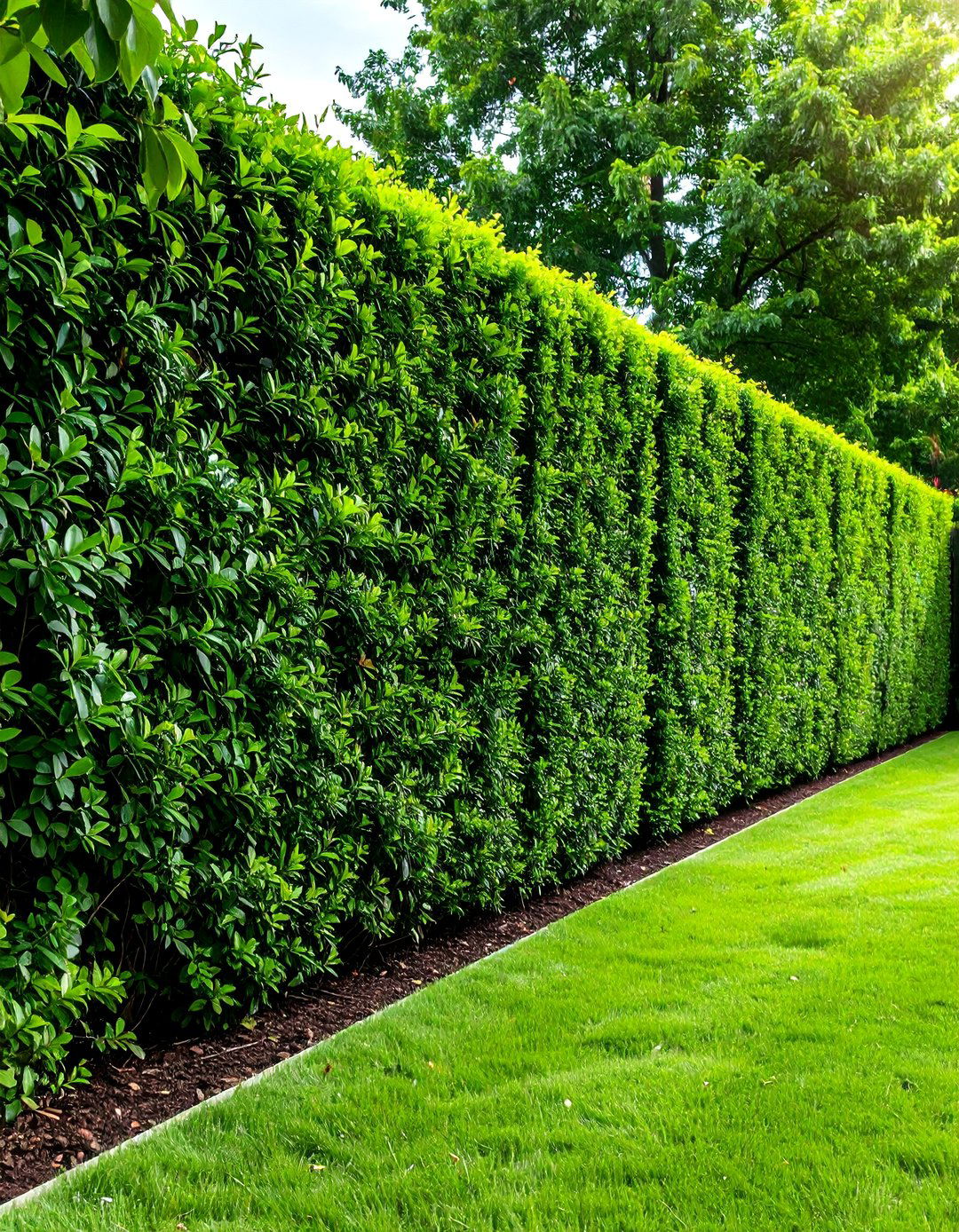
Fast-growing hedges such as cherry laurel, privet, leylandii and bamboo are the perfect alternative to man-made fences. Living hedge walls provide natural shade boundaries while supporting local ecosystems and wildlife. Leylandii is especially quick, growing up to 90cm a year and requiring little to no maintenance. These green walls offer privacy, wind protection, and filtered shade that changes with the seasons. Use hedging plants like boxwood or privet to form a living fence, providing year-round privacy and a lush, green backdrop. Plan hedge placement carefully to ensure they provide shade where needed without blocking desired views or creating overly dark areas. Regular pruning maintains shape and encourages dense growth for optimal coverage.
12. Garden Climbing Plant Trellises
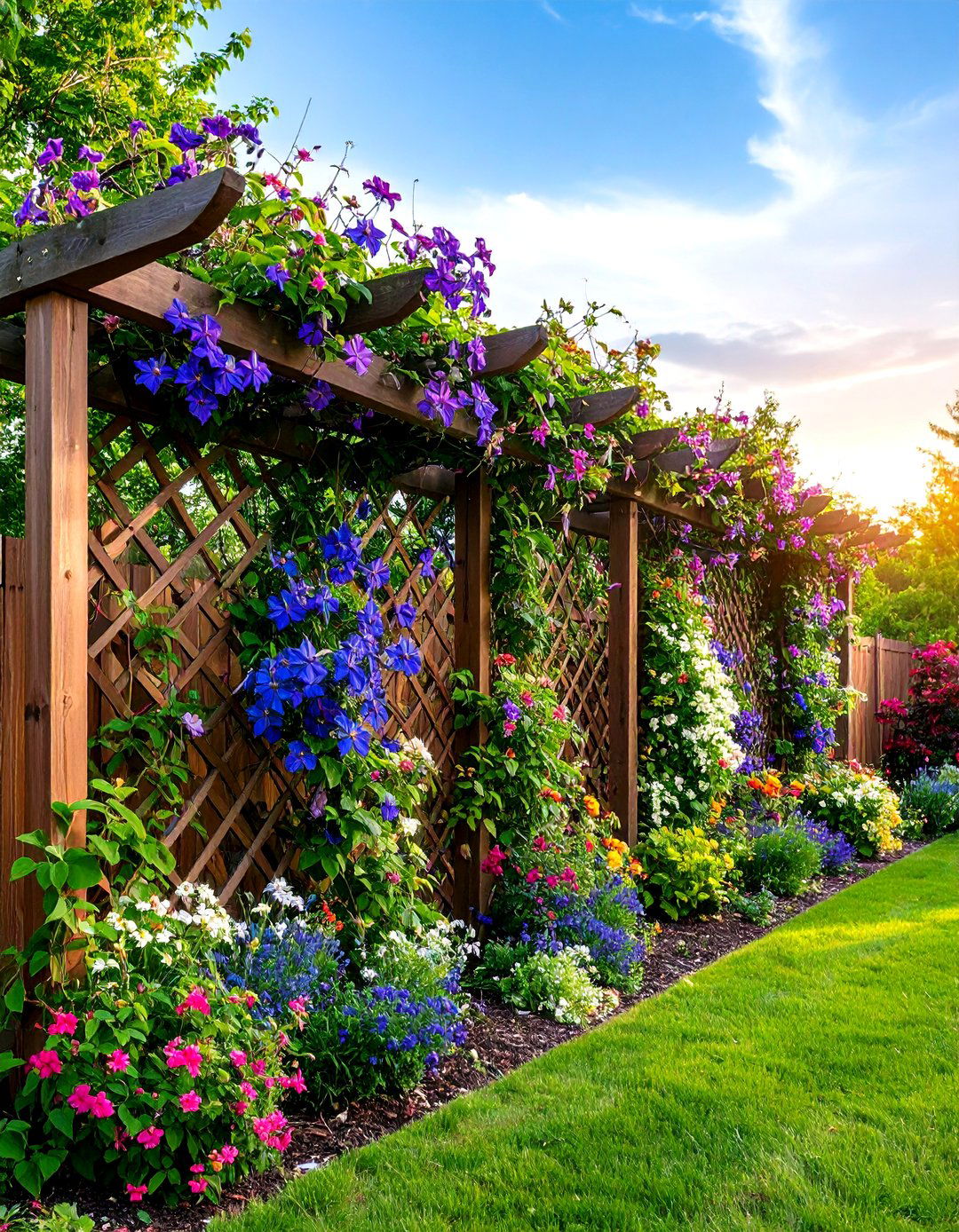
Add charm and privacy with lattice panels, allowing climbing plants to intertwine and form a decorative living wall. Trellis systems support climbing plants that create natural shade screens while adding color and fragrance to your garden. Climbing roses like "New Dawn" as well as climbing hydrangeas can also provide shade and serve as windbreaks in hot summer sun. Install trellises against walls, fences, or as freestanding dividers to create shaded zones within your garden. Choose fast-growing climbers like clematis, jasmine, or grape vines for quicker coverage. Climbing plants or flowers are excellent at providing natural shade whilst also adding visual interest to the space. Ensure sturdy construction to support mature plant weight and wind loads.
13. Garden Shed Conversion Shelters
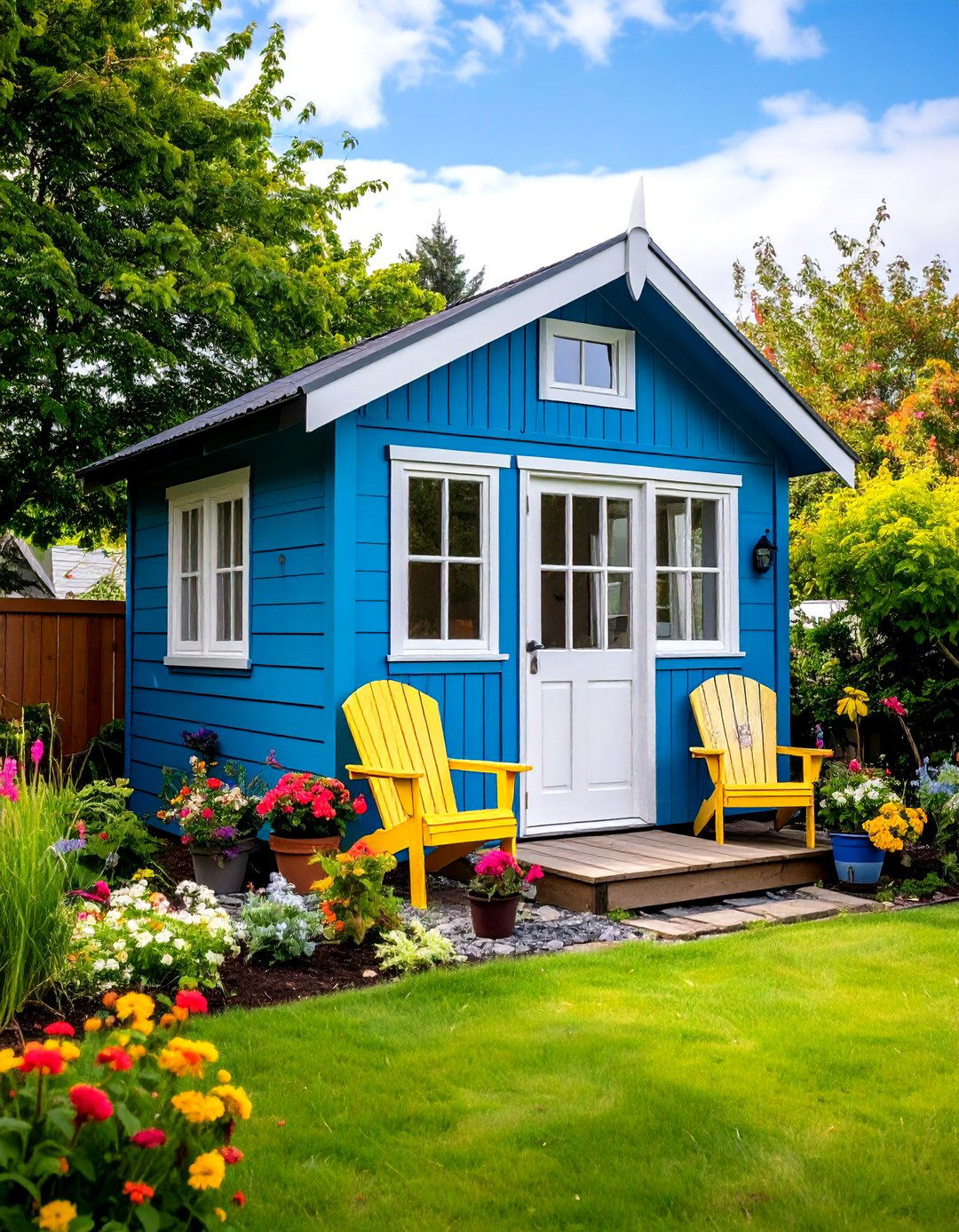
Turn an old, ugly shed into a lovely garden sun shelter by transforming existing structures into functional shade spaces. This budget-friendly approach repurposes underutilized buildings while creating unique outdoor rooms. Spruce up a shed or other dilapidated garden structure with a new paint job, windows, or roof renovation. Add outdoor furniture, lighting, and ventilation to create comfortable gathering spaces protected from sun and weather. You can then transform your shed into a cosy outdoor gathering space by adding electricity, lighting, and comfortable garden seating. Consider removing or modifying walls to create open-sided pavilions, or add awnings and overhangs to extend the shaded area beyond the original structure footprint.
14. Garden Swing Seat Covers
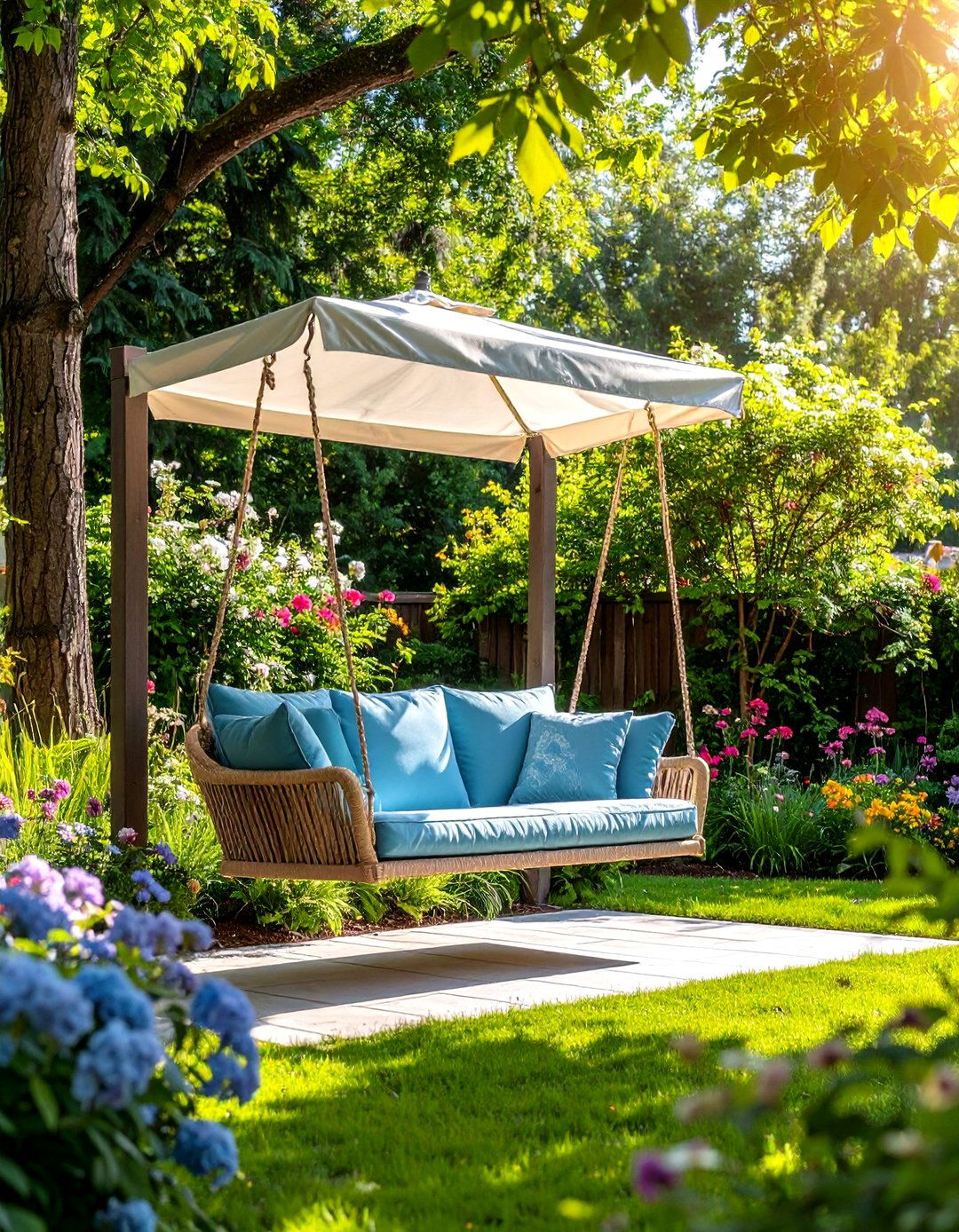
A swing chair is a fun garden seating idea that adds a sense of calm to your entire outdoor living space. Garden swings with built-in canopies combine relaxation with shade protection in charming, moveable units. Garden seats with integral shade roofs are available in a wide range of designs and materials. These self-contained shade solutions work well in any garden size and can be repositioned seasonally or as needed. Free-standing ones like swing seats have the potential to be moved around, too. Choose weather-resistant materials for the frame and canopy, and ensure proper anchoring or weighting to prevent tipping. Many models include adjustable canopy angles to follow the sun's movement throughout the day.
15. Garden Retractable Roof Systems
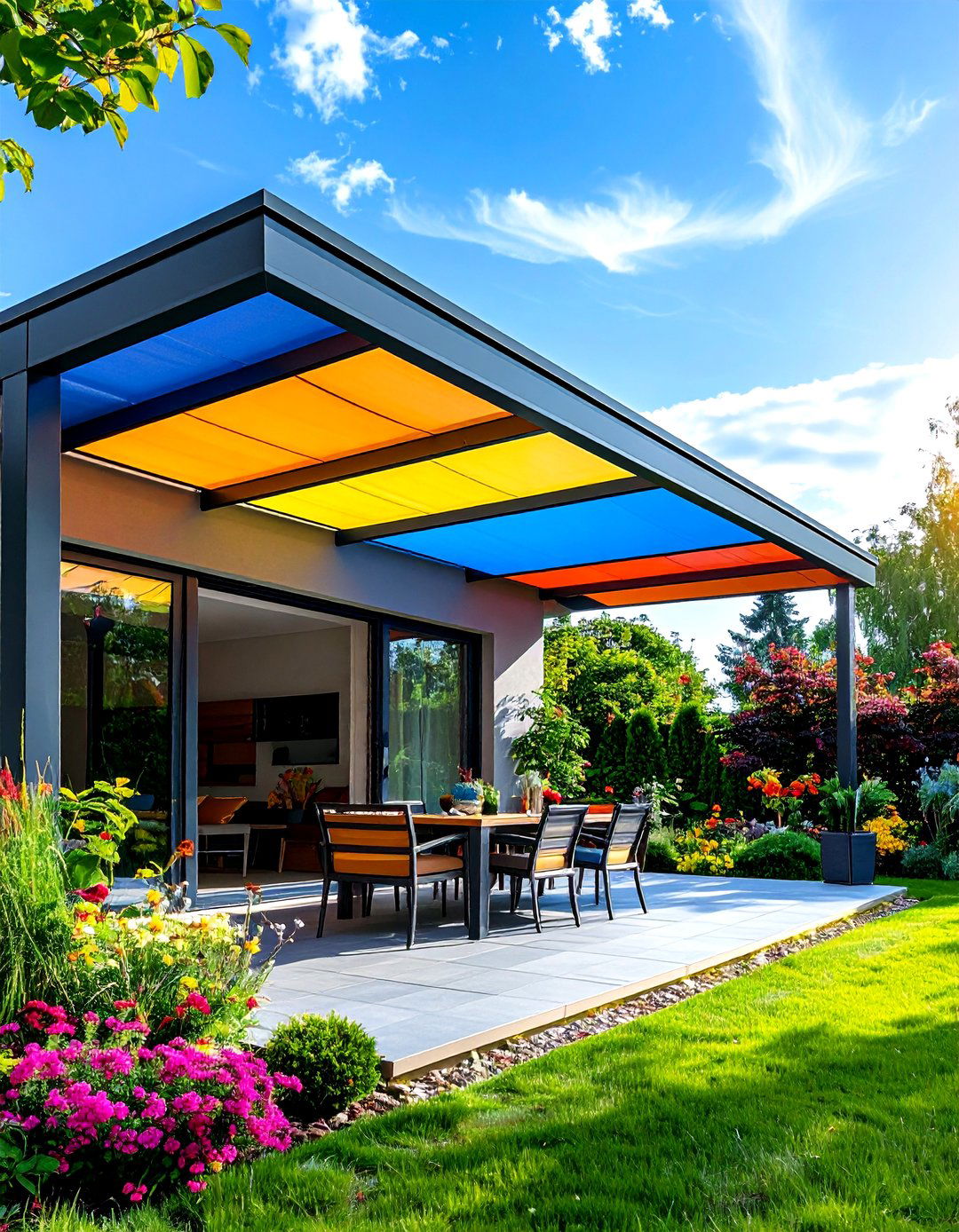
Bioclimatic louvered roof systems are a unique product with aluminium blades that tilt and rotate, used to let in sun or provide shelter from its rays. These sophisticated shade systems offer ultimate control over light and weather protection. Retractable shade sails, roman shade sails or wave sails go by many names, with shade fabric hanging from guide wires that allow the fabric to be extended or retracted as the sun changes. Motorized systems provide effortless operation via remote control or smartphone apps. These premium solutions work well over large entertaining areas, swimming pools, or expansive patios where maximum flexibility is desired. Consider integrated drainage systems and wind sensors for automated weather response. While more expensive than simpler alternatives, they offer unmatched versatility and convenience.
16. Garden Vertical Screen Planters
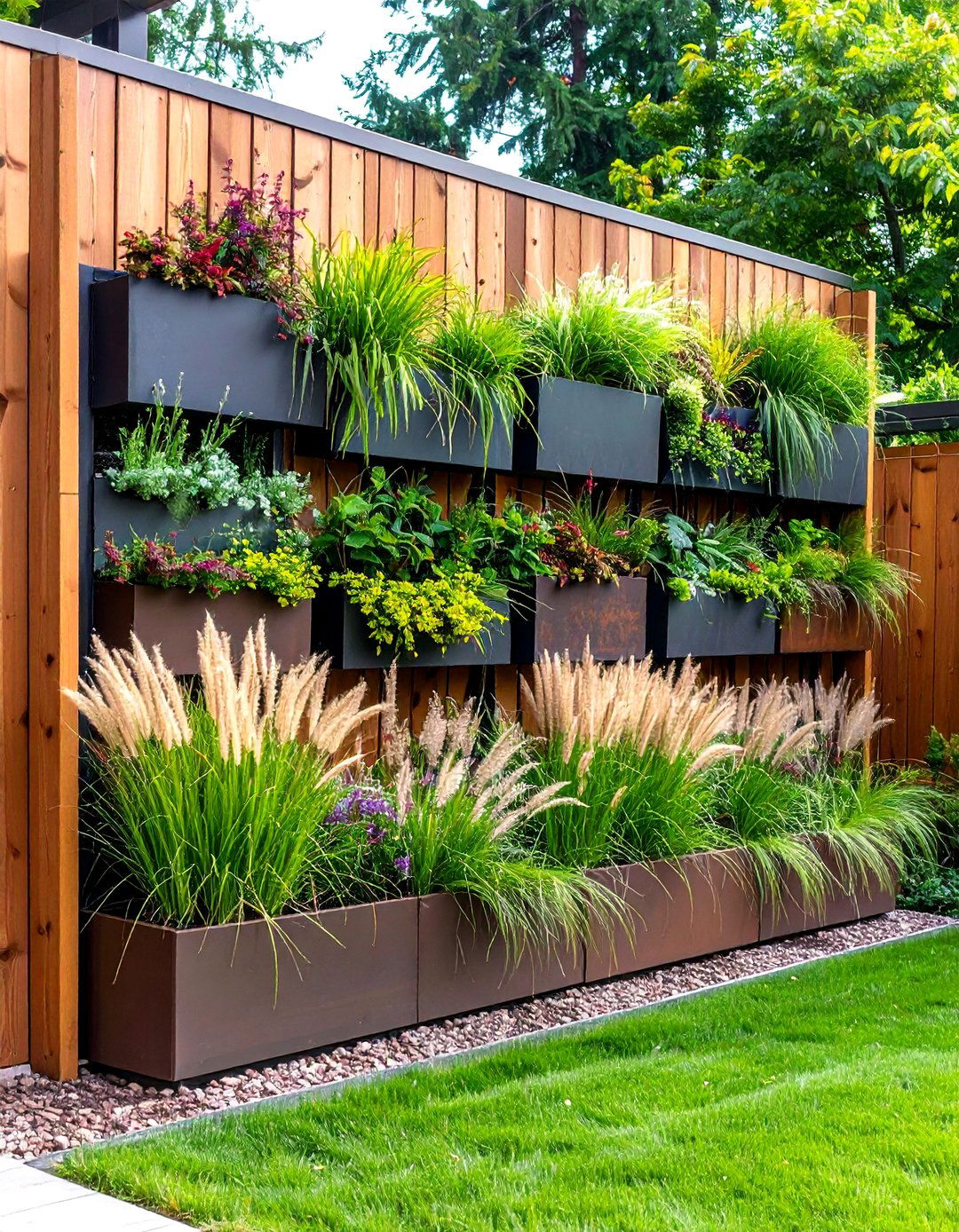
A screen planter is ideal for artificially adding height to a specific area of a garden wall without extending the whole wall or fence to an unappealing height. These elevated planting solutions create instant vertical shade while maximizing growing space in compact gardens. Use tall planters filled with ornamental grasses to establish a natural and contemporary privacy screen, blending style and functionality. Mobile planter screens offer flexibility to adjust shade positioning seasonally or as plants mature. You can plant anything in a screen planter – they're a really versatile way of adding privacy. Choose plants with dense foliage for maximum shade coverage, and ensure adequate drainage and plant support for healthy growth in elevated containers.
17. Garden Pop-up Pavilions

Event shelters are popular for festivals and work equally well for occasional garden shade. These temporary structures provide substantial covered areas for parties, gatherings, or seasonal outdoor activities. Pop-up pavilions typically feature easy assembly systems that require no tools or permanent installation. Some have the option of side panels to create extra shade, too, allowing customization based on sun angles and weather conditions. Choose models with UV-resistant fabric and sturdy frame construction to withstand outdoor conditions. These versatile shelters work well for families who need occasional large-scale shade but prefer not to install permanent structures. Consider models with integrated lighting or ventilation for enhanced comfort during extended use.
18. Garden Fabric Curtain Panels
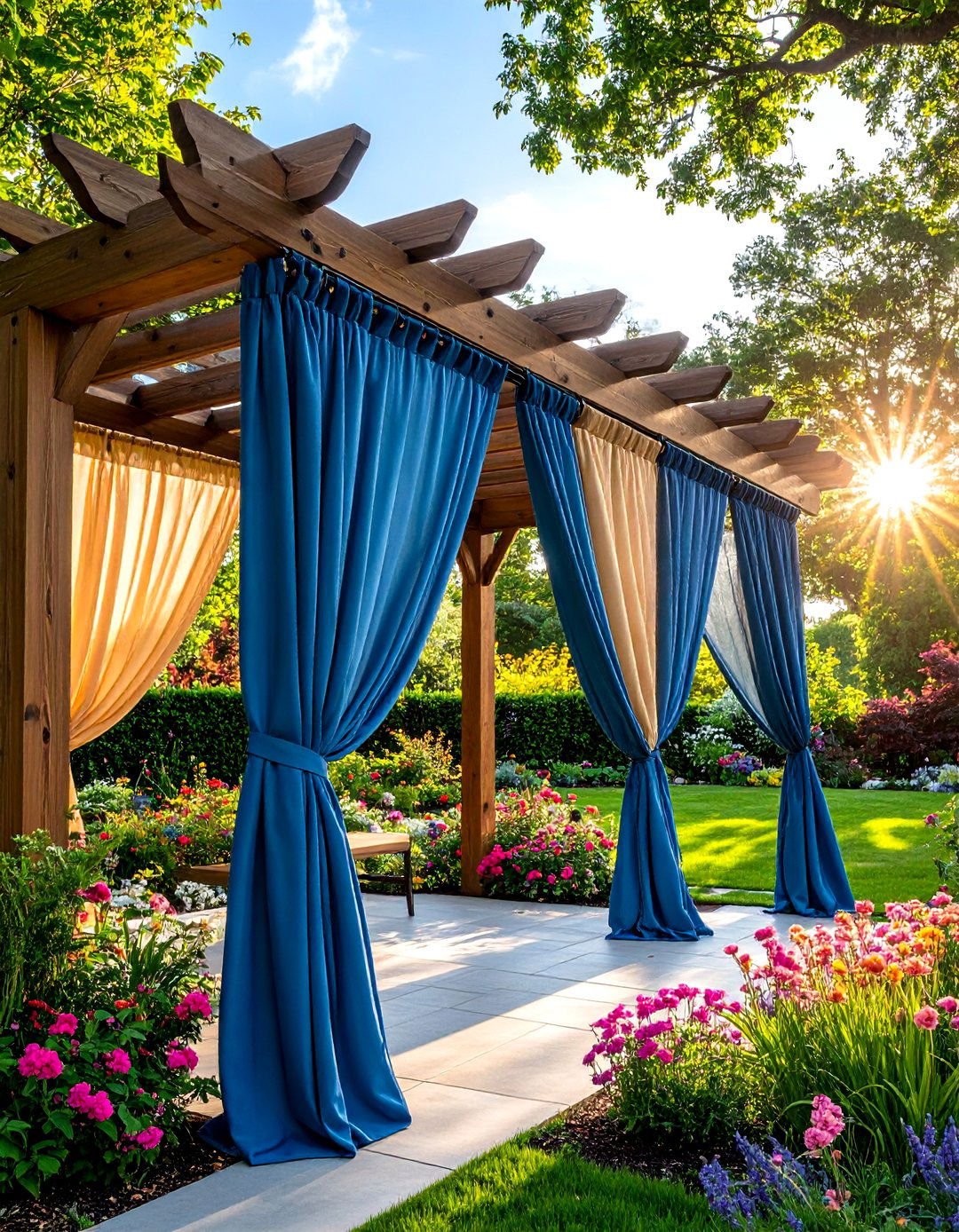
Install outdoor curtains on a pergola or gazebo for a touch of elegance and privacy, while also protecting from the sun and wind. Fabric panels offer flexible shade control that can be adjusted throughout the day or completely removed when not needed. Curtains bring additional shade to outdoor structures and use permanently mounted hardware, but the curtains themselves would best be considered temporary since they can be drawn aside or removed when not needed. Choose weather-resistant outdoor fabrics that resist fading, mildew, and moisture damage. Install curtain tracks or grommeted panels on pergolas, gazebos, or between posts to create moveable shade walls. They can add a tremendous amount of ambiance, especially if decorative fabrics are used.
19. Garden Lattice Panel Screens
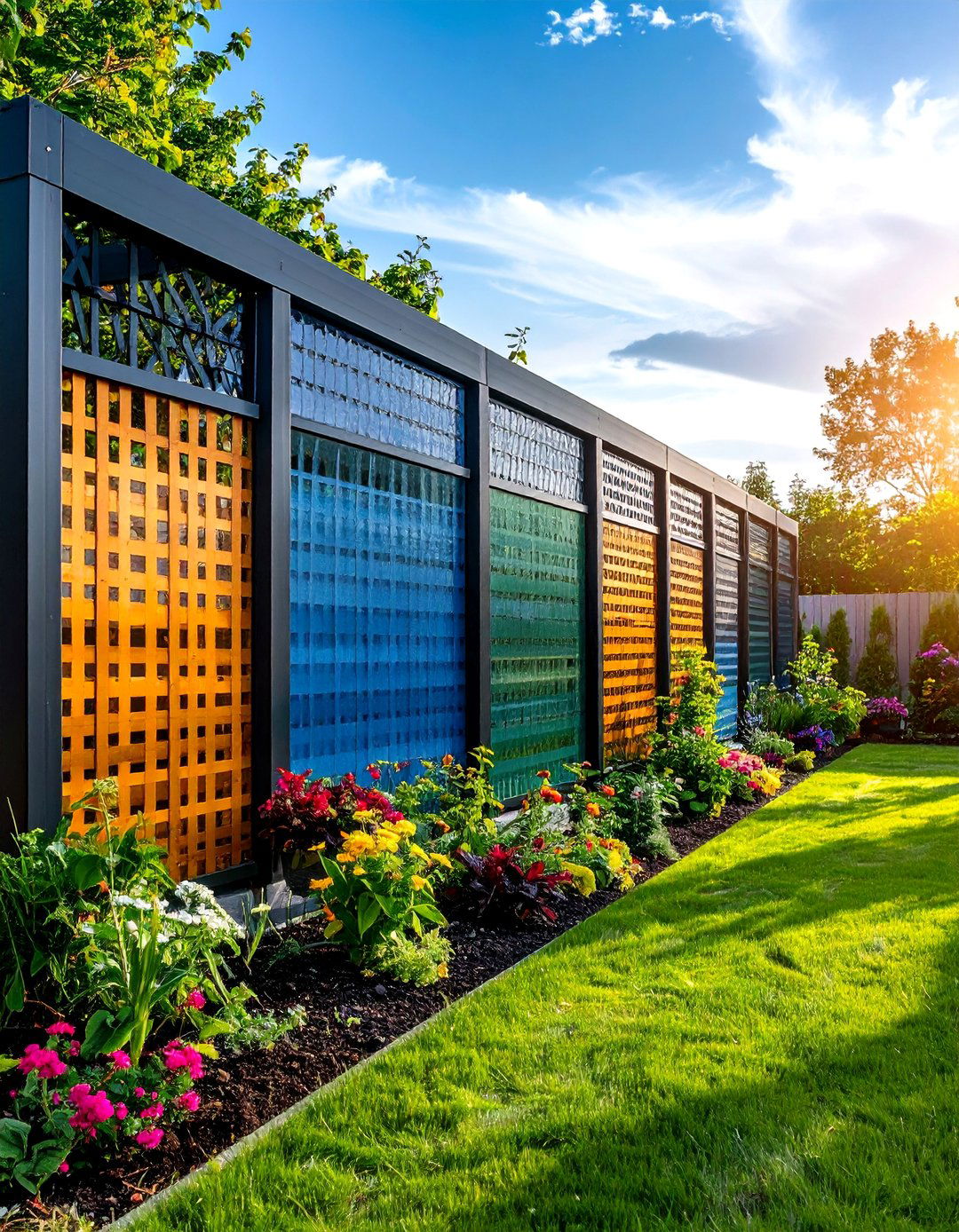
You can DIY shade cloth with an old sheet, floating row cover, window screen, or a piece of lattice. Lattice panels provide partial shade while maintaining airflow and visual appeal through their decorative openwork design. These versatile screens work well as freestanding dividers, wall-mounted features, or integrated into pergola and arbor structures. The open pattern allows filtered light through while providing UV protection and cooling shade. Lattice panels support climbing plants for enhanced natural shading over time. Choose materials like vinyl, wood, or composite based on your maintenance preferences and aesthetic goals. Install panels at angles to optimize shade positioning during peak sun hours while maintaining garden visibility and airflow.
20. Garden Water Feature Shade Gardens

Incorporate a water feature like a fountain or waterfall to create a pleasant and tranquil distraction, drawing attention away from prying eyes while providing natural cooling effects. Combining shade structures with water features creates microclimates that feel significantly cooler than surrounding areas. Position pergolas, arbors, or pavilions near ponds, fountains, or water walls to maximize the cooling benefits of evaporation. The sound of moving water enhances the sensory experience of shaded garden retreats. Cabanas, Beach Huts, and Pool Houses originated with bath houses or water-side changing rooms, typically having at least one side open to any water feature. Plan drainage carefully to prevent water damage to shade structures, and consider adding misting systems to pergolas or gazebos for enhanced cooling during extremely hot weather.
Conclusion:
Creating effective garden shade transforms outdoor spaces into comfortable, usable areas throughout the growing season. From quick pop-up solutions like umbrellas and canopies to permanent installations like pergolas and planted hedges, the right combination of shade ideas enhances both functionality and beauty. Consider your specific needs, budget, and maintenance preferences when selecting shade solutions, and remember that layering multiple approaches often provides the most comprehensive coverage. With thoughtful planning and implementation, your garden can become a refreshing outdoor retreat that beckons you to spend more time connecting with nature.


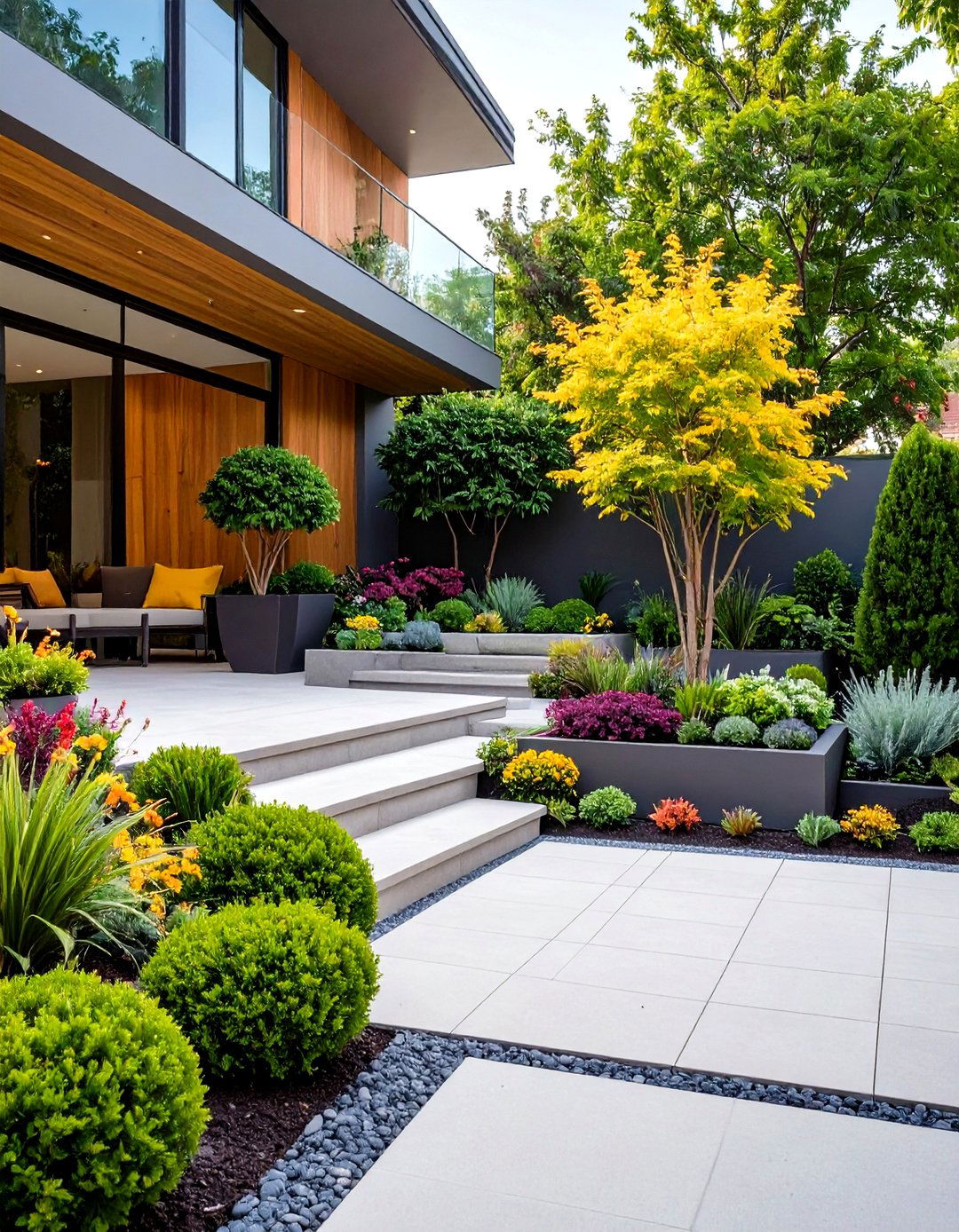
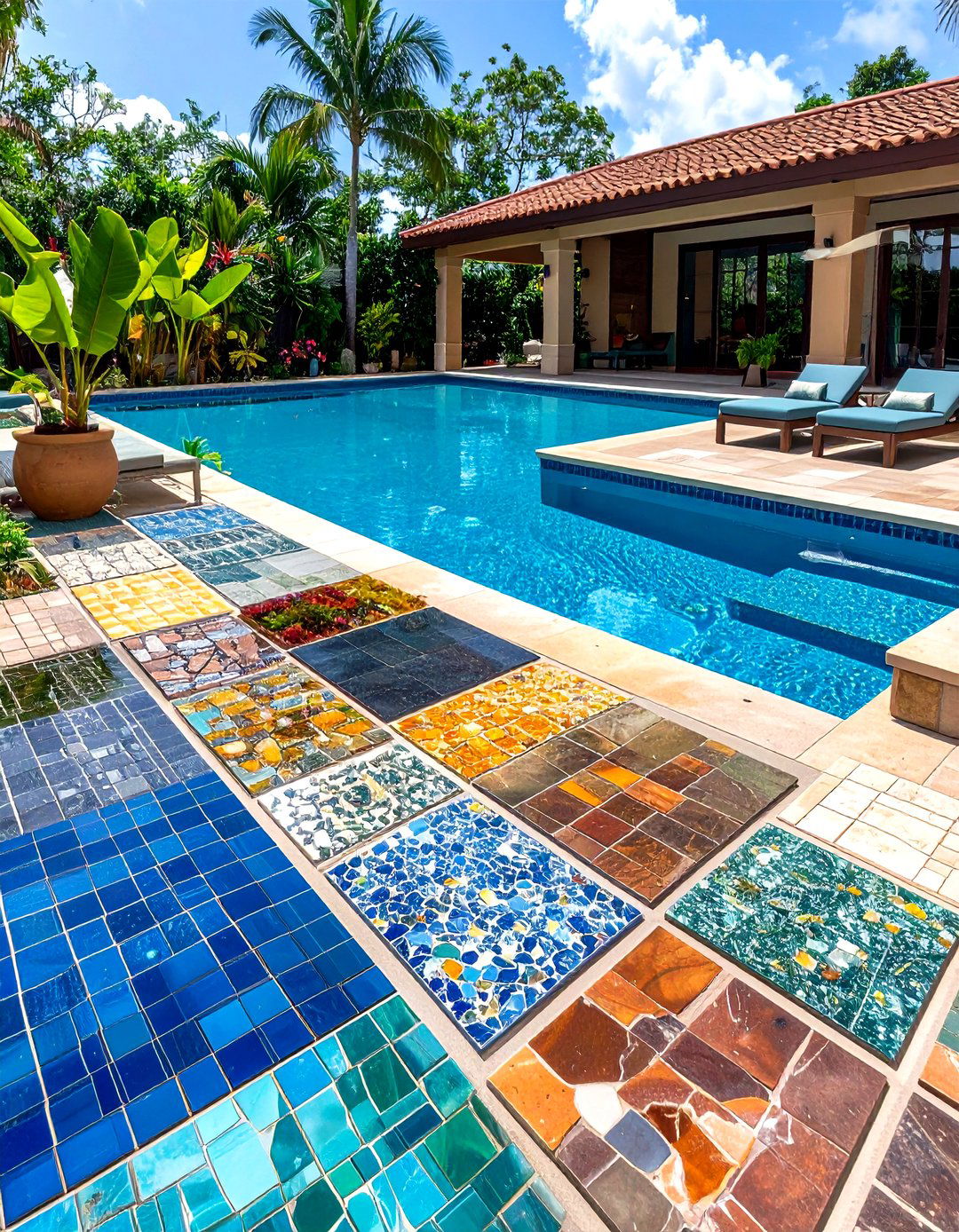
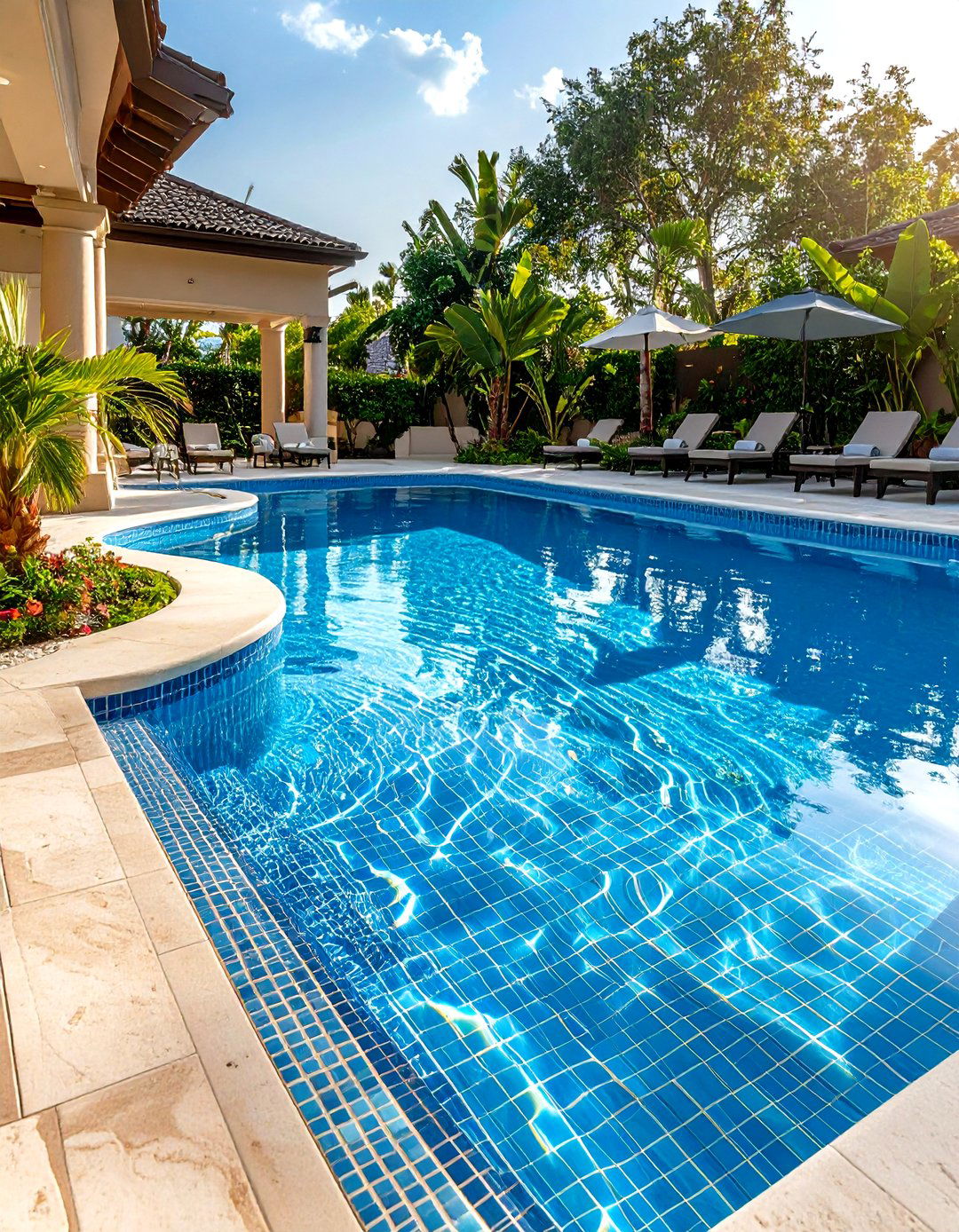
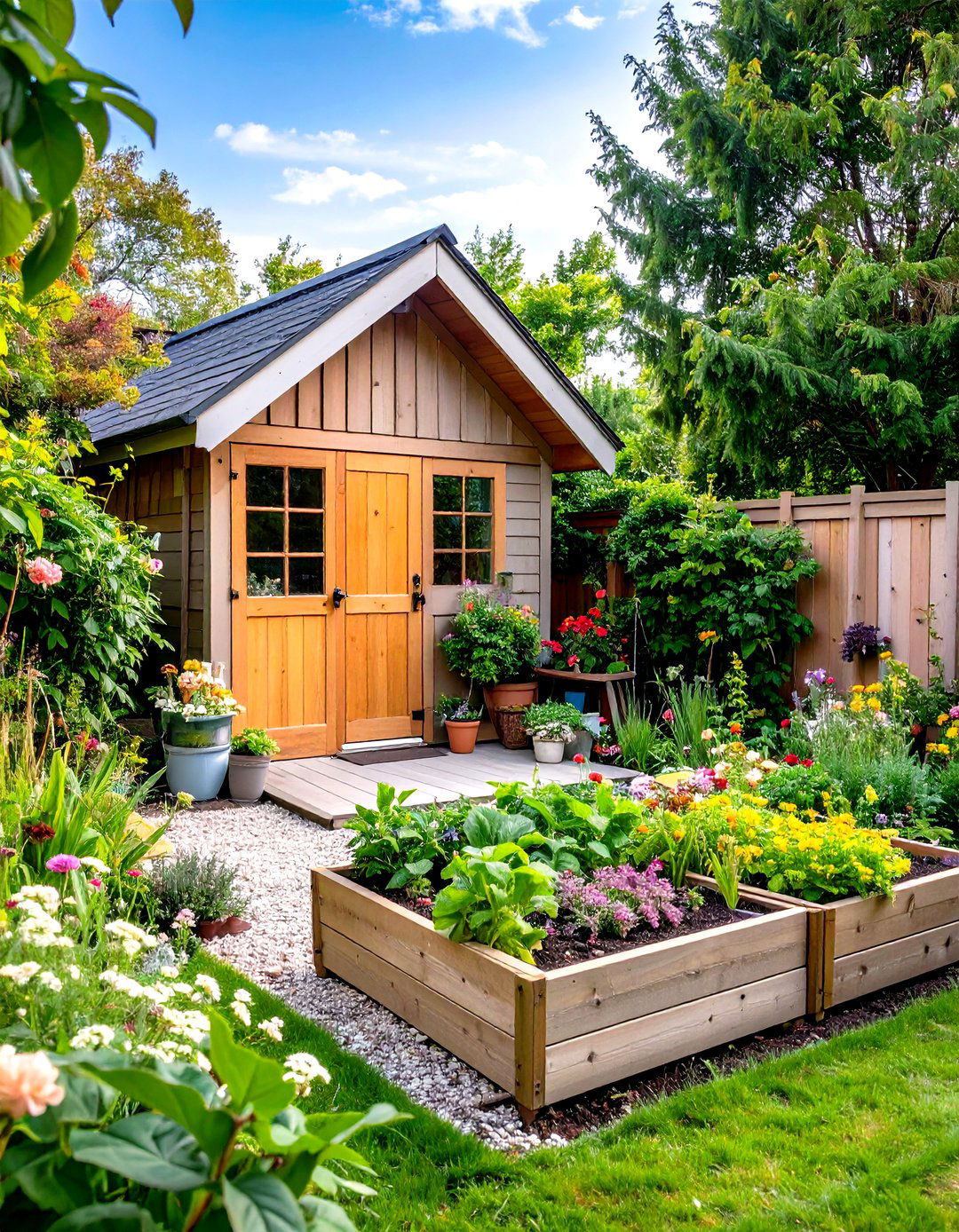
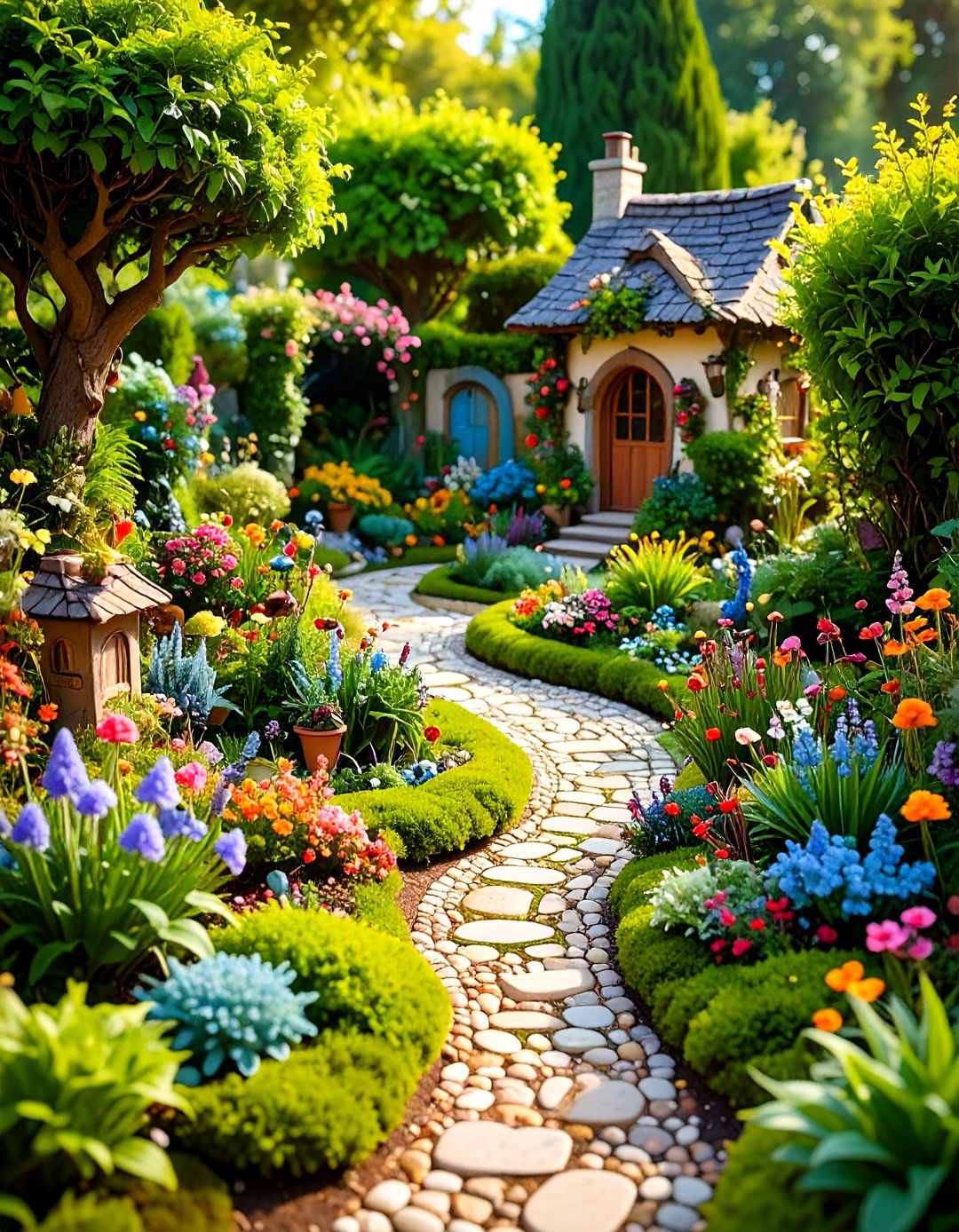
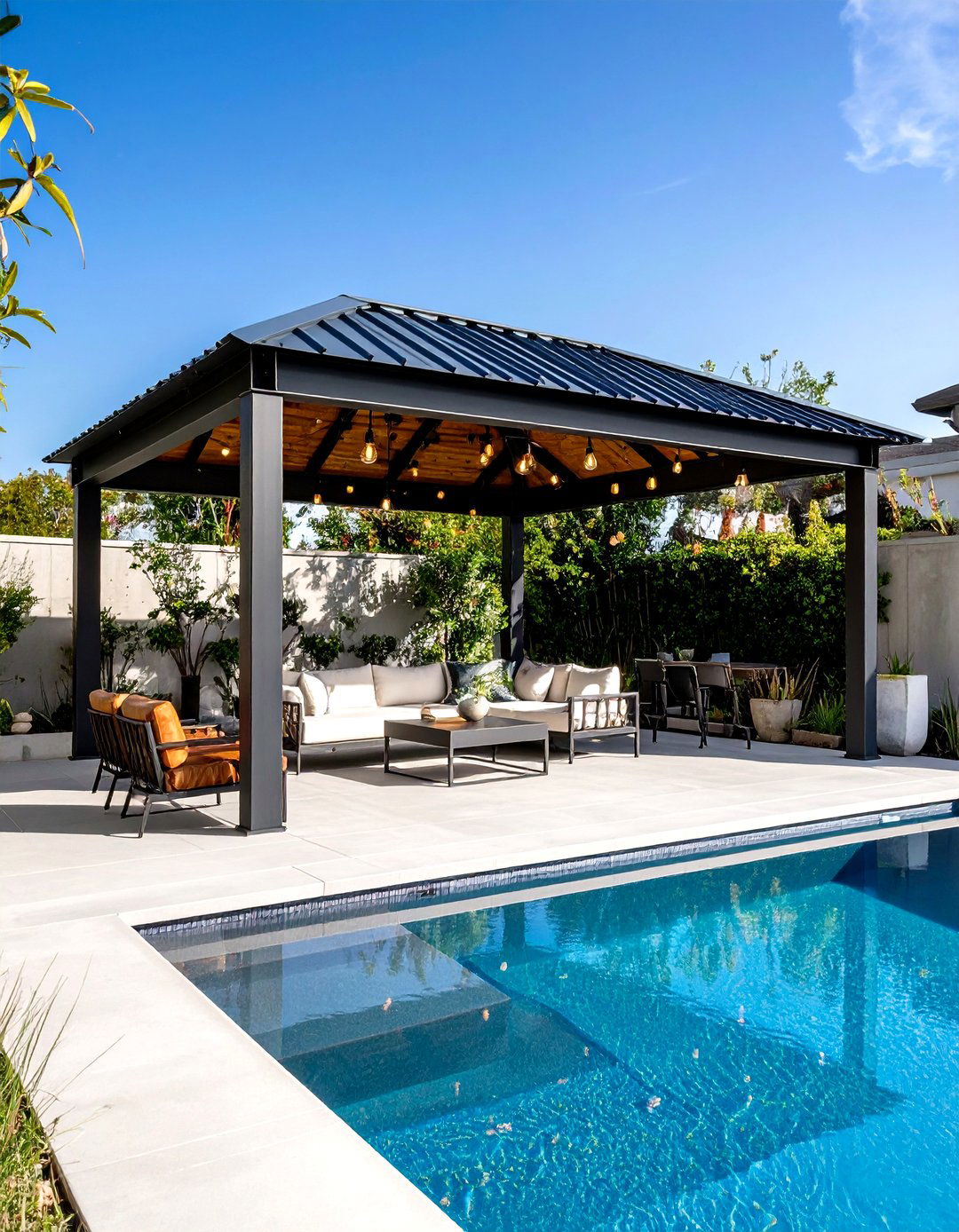
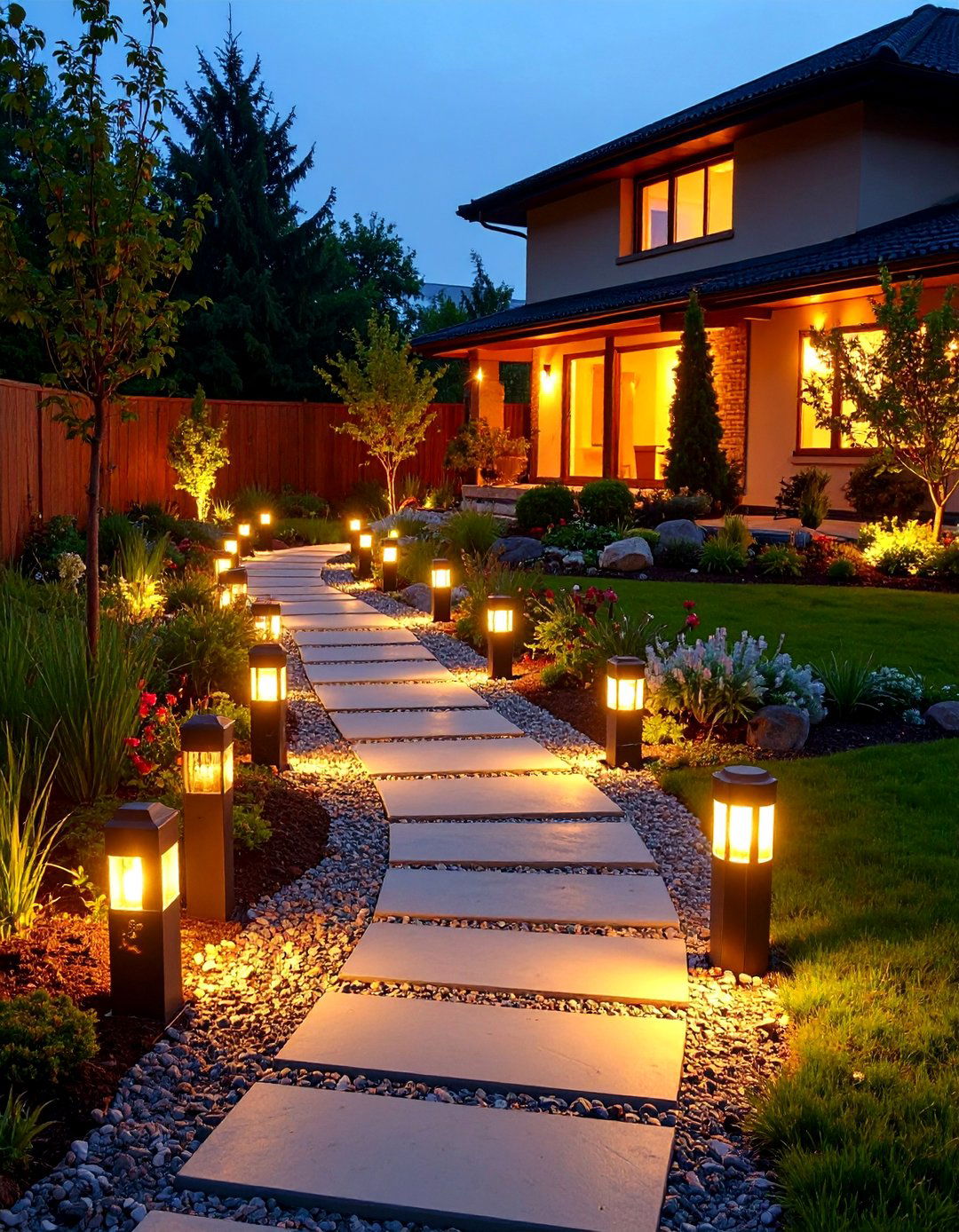
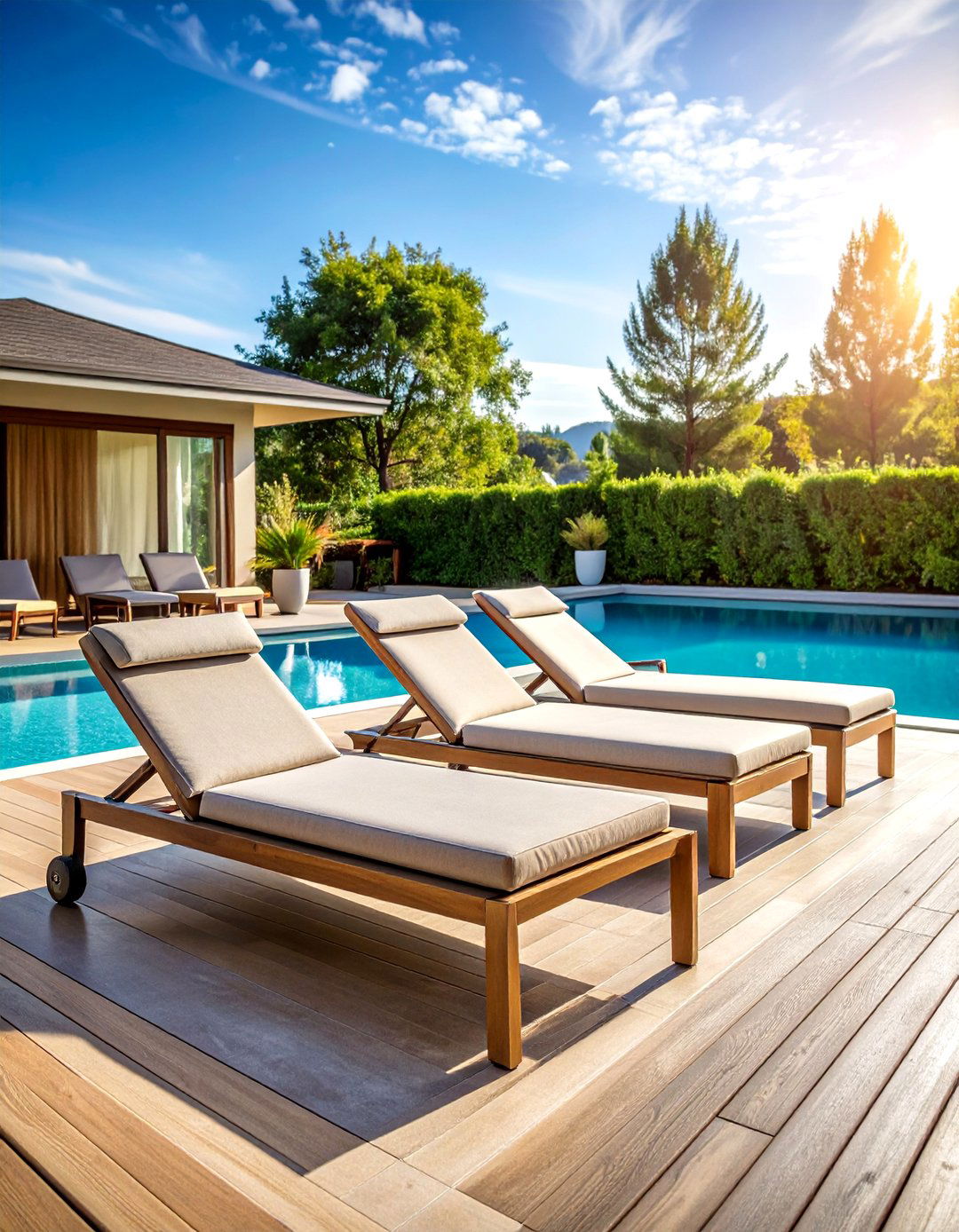


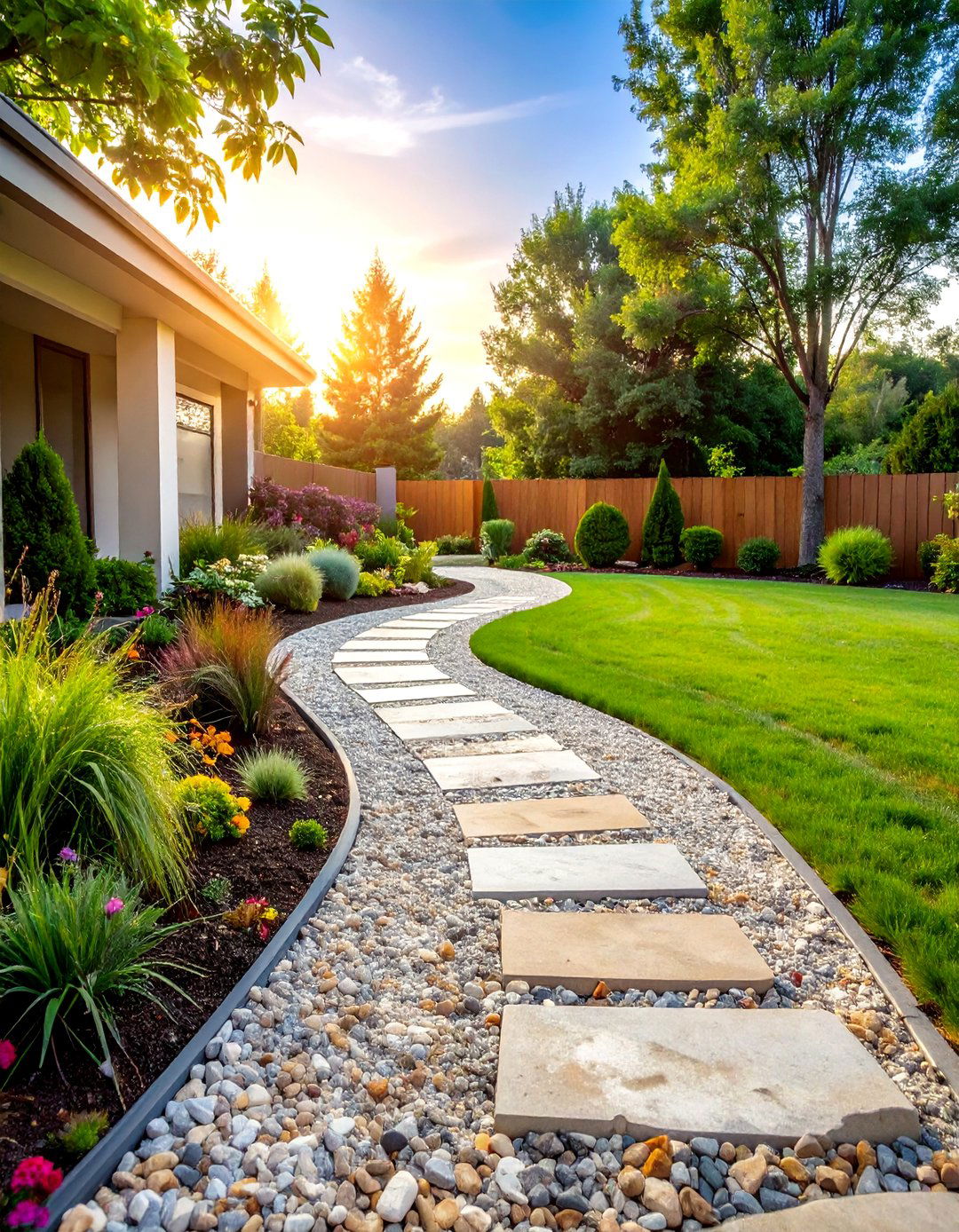
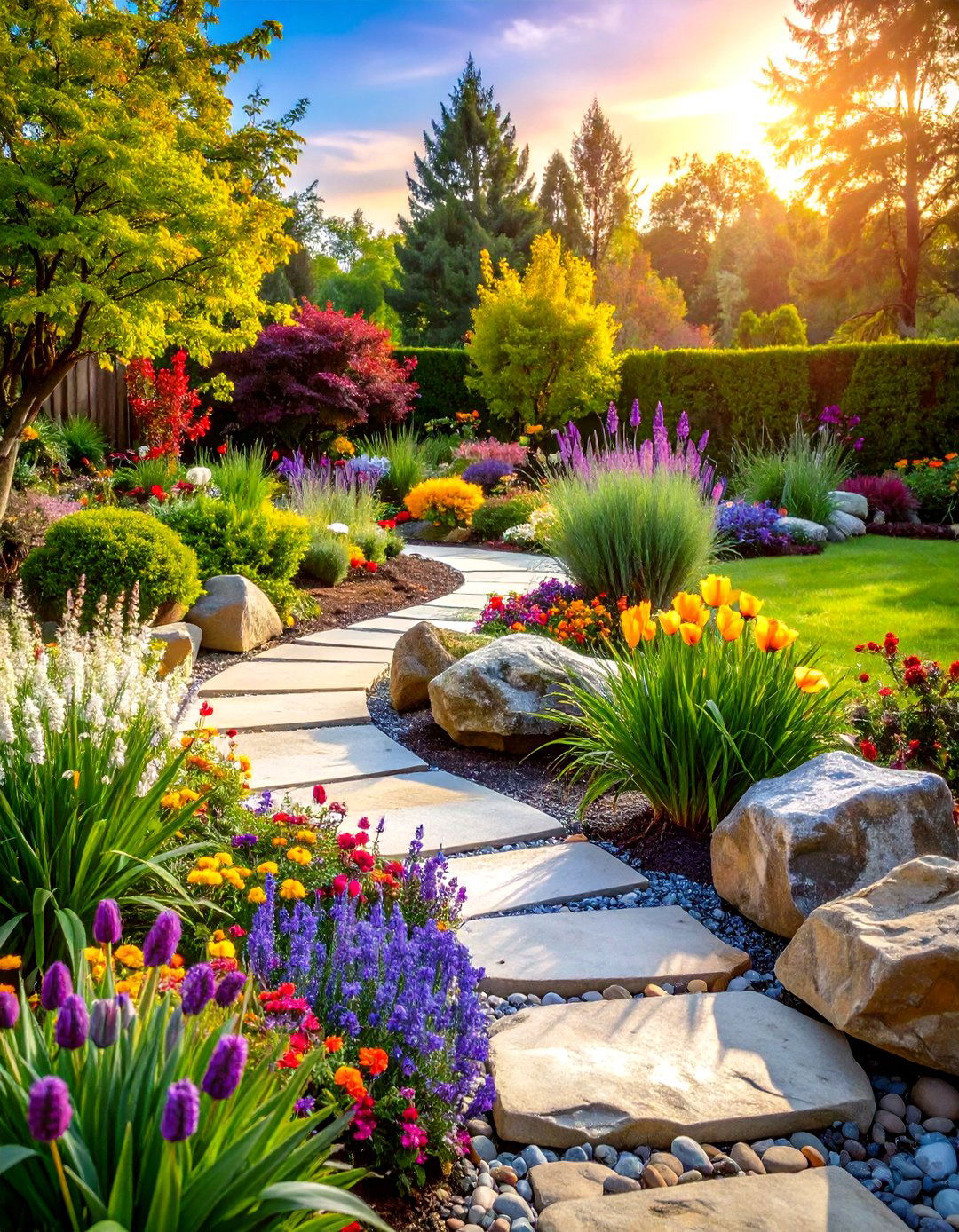

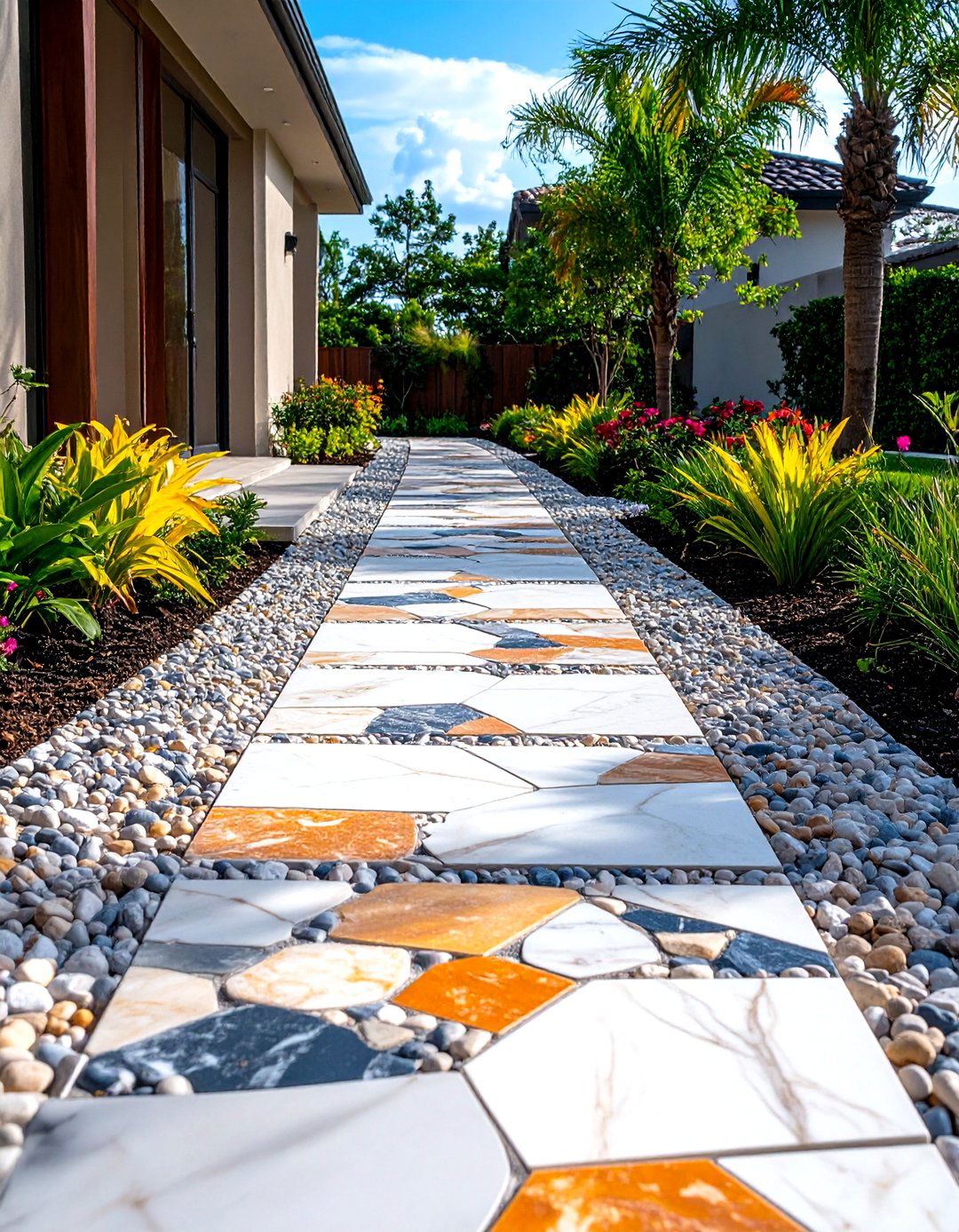

Leave a Reply